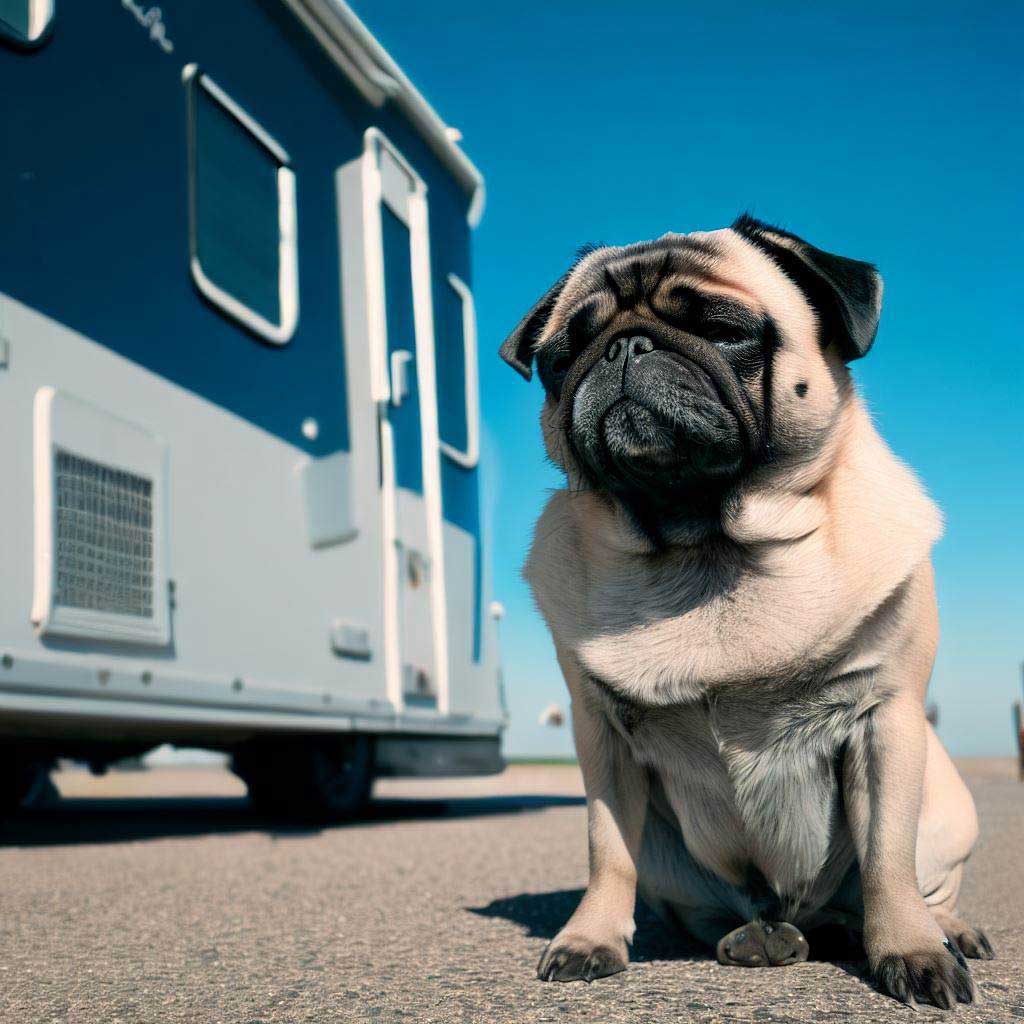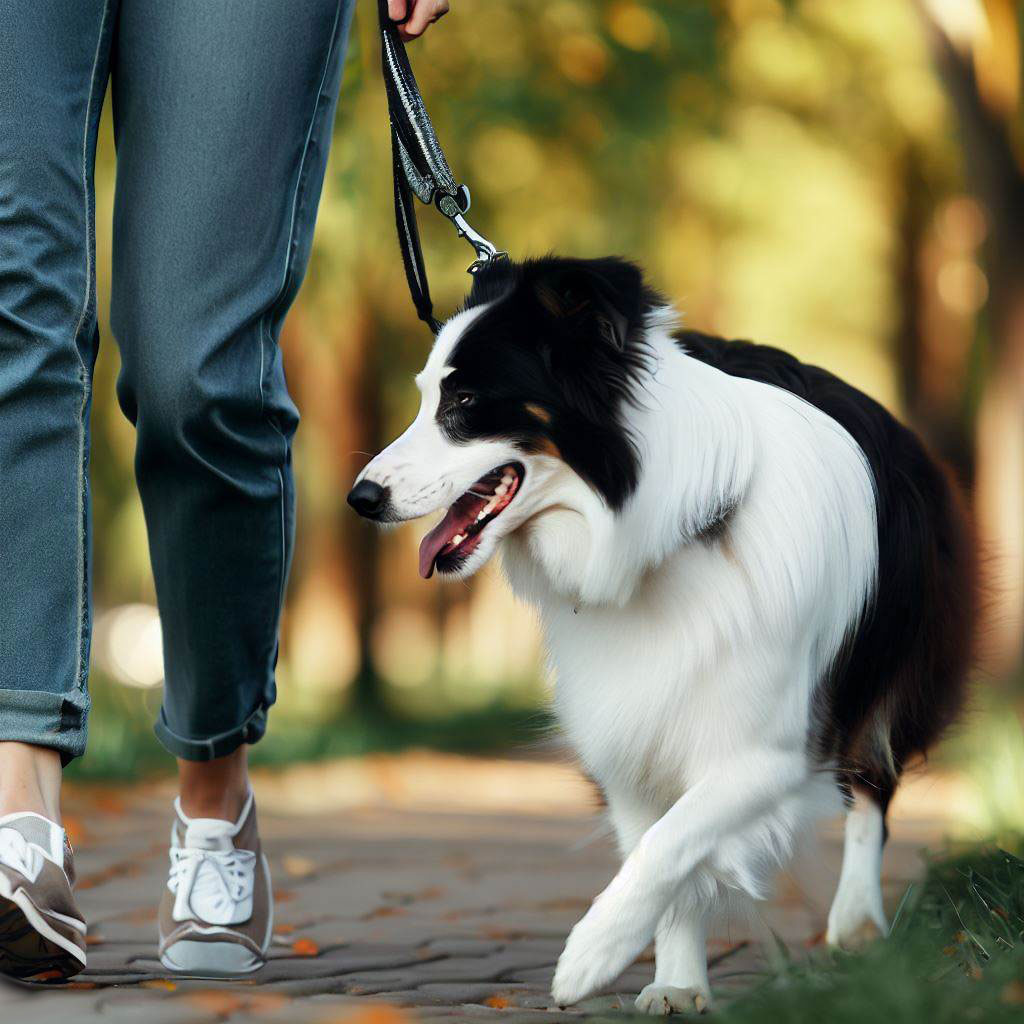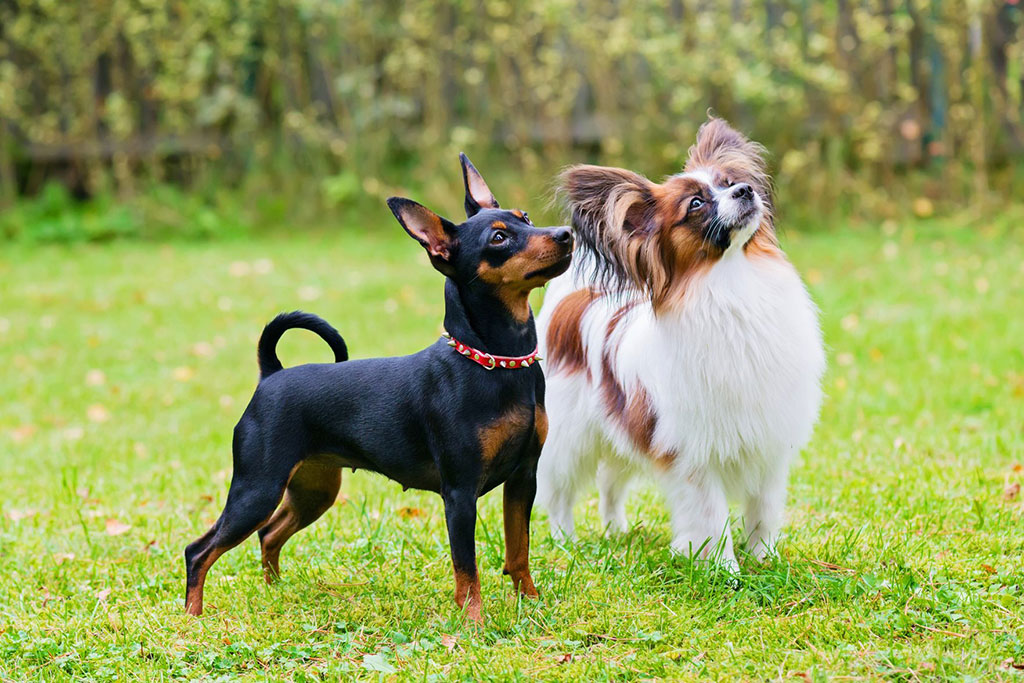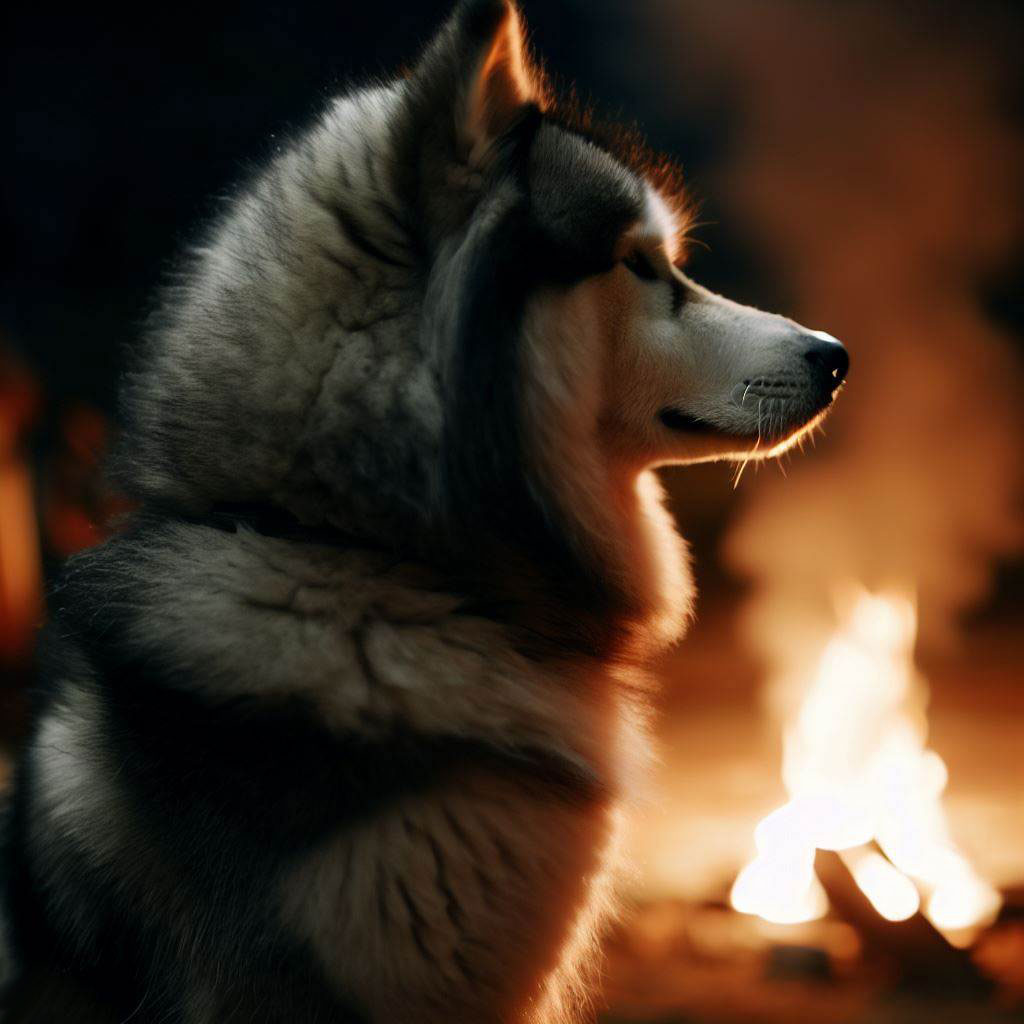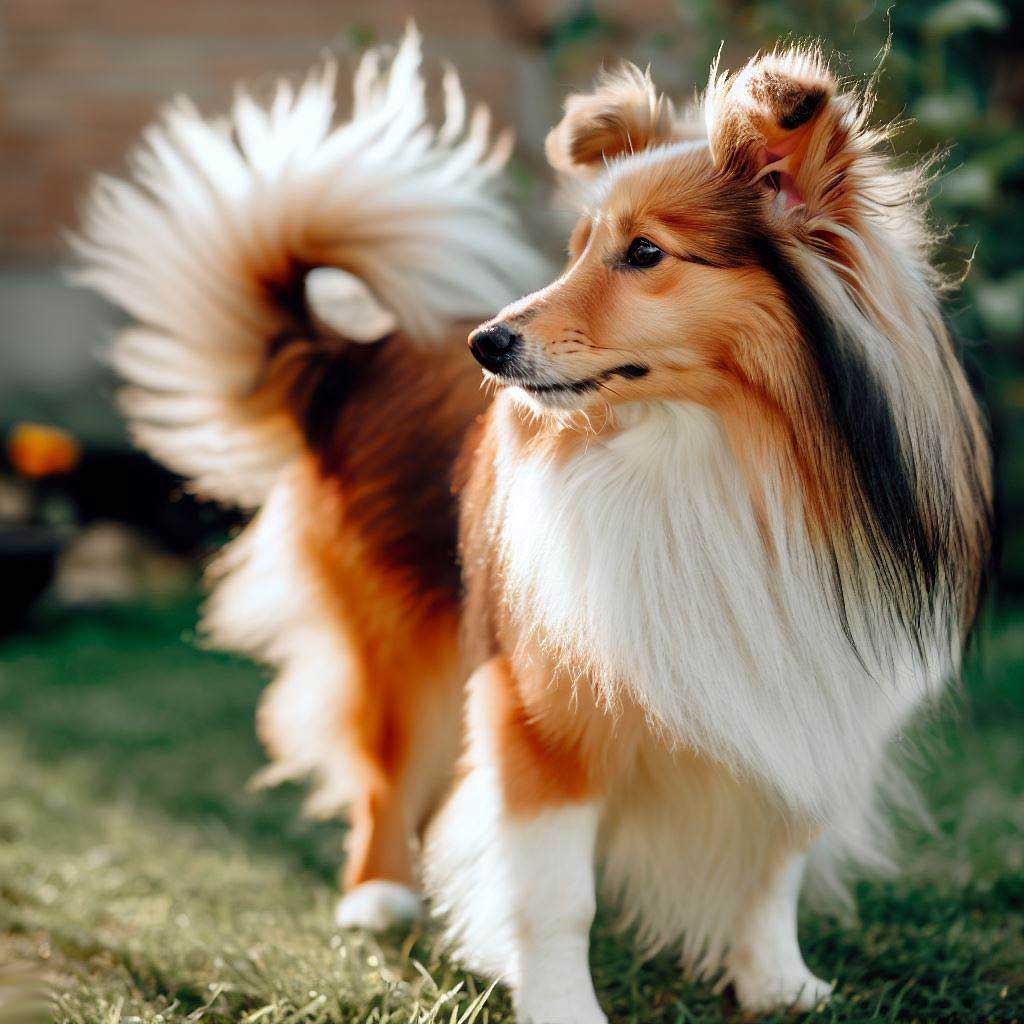What Are The 7 Commands To Train A Dog?
What Are The 7 Commands To Train A Dog: Teach Them Right is your go-to guide for effective dog training. Learn the essential commands now!
Table of Contents
Brief Overview of the Importance of Training a Dog.
Training your dog isn’t just about parlor tricks or impressing your friends; it goes way beyond that. At its core, teaching these fundamental behaviors serves as a communication bridge between you and your furry friend.
When you ponder on “what are the 7 commands to train your dog?”, you’re not just asking about commands. You’re diving into a language that ensures your dog is safe, happy, and a joy to be around.
Imagine walking your dog without the worry of him darting into traffic, or having guests over without the stress of an overly excited pet jumping all over them.
Proper training isn’t restrictive; in fact, it offers freedom. Freedom for your dog to understand boundaries and enjoy spaces safely, and freedom for you to enjoy peace of mind. As fellow dog lovers, we can’t emphasize enough the significant benefits of training.
It helps in alleviating behavioral problems, reduces risks of accidental injuries, and most importantly, strengthens the bond between you and your pet.
The Significance of Mastering the Basic Commands.
Before you delve into advanced tricks or agility training, understanding and mastering the basics is crucial. So, what are the 7 commands to train a dog that form this foundational knowledge? They include “Sit”, “Stay”, “Down”, “Come”, “Heel”, “Leave it”, and “Drop it”.
Every command has its own value. “Sit”, for instance, can stop your dog from jumping on strangers. “Stay” can prevent them from running into a dangerous situation. And “Come”? Can be a lifesaver when you need your dog to return to you swiftly. The beauty of these commands lies in their versatility. They can be used in various scenarios, ensuring your dog’s safety, building discipline, and also instilling a sense of trust.
When your dog recognizes and responds to these commands, it demonstrates trust. Your dog trusts you to guide them, and you trust your dog to listen. Hence, it’s a two-way street that fosters mutual respect. And while many might think that training is merely about control, in reality, it’s more about collaboration.
In your journey to understand “what are the 7 commands to train your dog?”, remember that it’s not just about the commands. It’s about building a relationship with your canine companion, one command at a time.
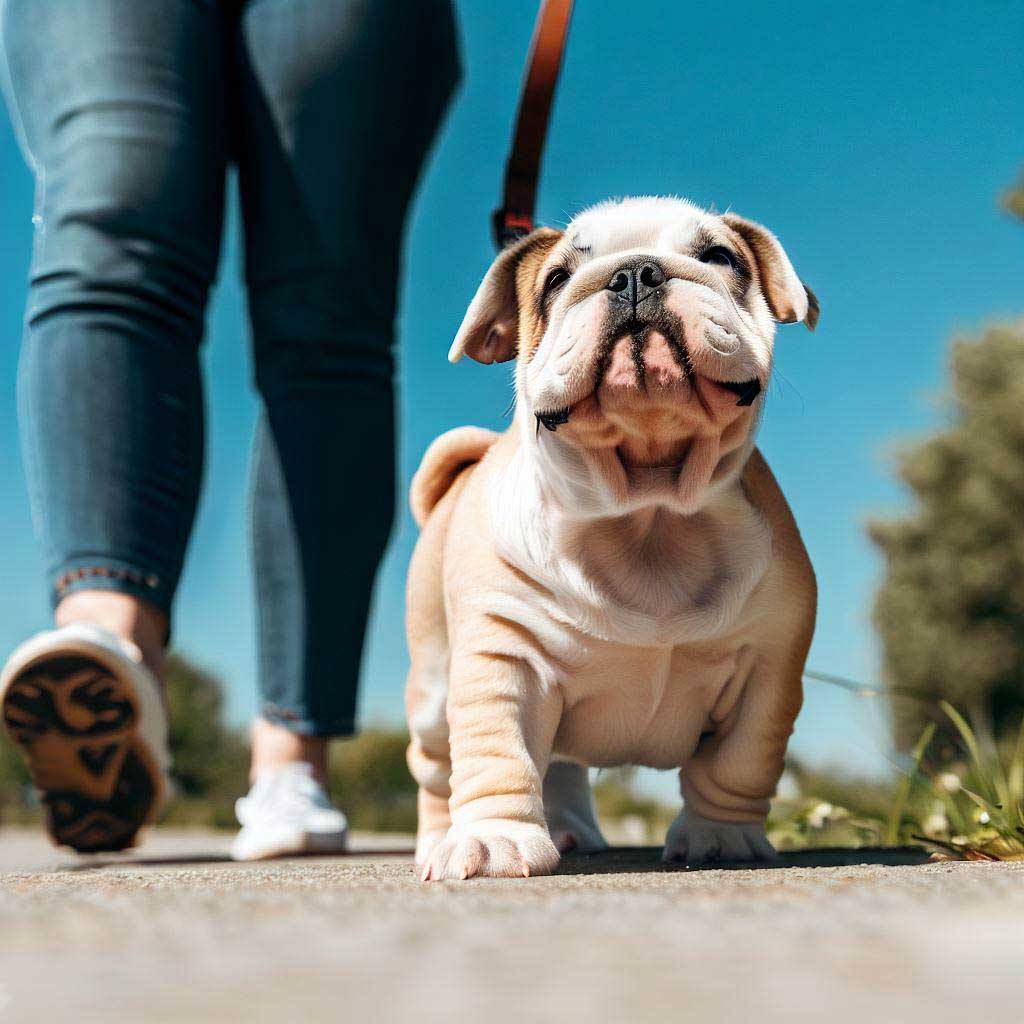
1. Sit Command
Why “Sit” is Important:
Dive into the essence of canine training, and you’ll discover that “Sit” is a cornerstone. It not only serves as a starting point for other commands but also offers immediate control. When a dog learns to sit on cue, it prevents them from engaging in undesired behaviors like jumping on guests.
Moreover, during chaotic situations, a simple “Sit” can anchor your dog, transforming potential pandemonium into manageable moments. Through the “Sit” command, you lay a solid foundation, teaching your dog the dynamics of commands and rewards, and fostering a keen sense of discipline.
Foundation for Other Commands:
The “Sit” command forms the cornerstone for almost every other command. Once your dog masters “Sit,” it’s significantly easier for them to transition to “Stay,” “Down,” or any of the subsequent commands. Consider it as the ABCs of dog training – it’s fundamental.
Establishing Authority and Control:
The moment your dog sits on command, it’s not just about them obeying a simple directive. It’s a clear sign they acknowledge you as their leader. This authoritative stance helps in preventing unwanted behaviors, such as jumping on guests or darting towards the door.
Steps to Train “Sit”:
Choosing the Right Treat or Toy:
Training demands motivation, and for most dogs, a tasty treat or a cherished toy is just the ticket. Choose a treat that’s irresistible but also healthy. It should be small enough to consume quickly so the training remains uninterrupted.
The Hand Signal and Command Technique:
Hold the treat slightly above your dog’s head and move it backwards. This natural motion will cause your dog to sit as they look up and follow the treat. As they begin to sit, say the word “Sit” clearly. Once they’ve fully sat, reward them. Remember, timing is essential. Always reward immediately after the desired behavior to reinforce the connection between the command and the action.
2. Stay Command
Why “Stay” is Vital:
In the quest to understand “what are the 7 commands to train a dog,” “Stay” emerges as a quintessential command for safety and patience. Imagine a busy street, a sudden doorbell, or an unforeseen danger; “Stay” instructs your dog to remain stationary, safeguarding them from potential hazards.
Beyond immediate safety, “Stay” hones your dog’s patience. It teaches them to resist the allure of immediate reactions, ensuring that they can remain composed, even in stimulating situations. This command is an embodiment of trust, showcasing a dog’s confidence in their owner’s decisions.
Ensuring Safety:
Imagine a scenario where your dog is about to run into a busy road or approach a potentially aggressive dog. A well-timed “Stay” can prevent accidents and keep your canine companion safe. It’s the emergency brake every dog owner should have at their disposal.
Training Patience:
More than just safety, “Stay” teaches patience and impulse control. In a world filled with distractions, a dog that can remain still and calm is a testament to not only your training prowess but also the dog’s discipline.
Steps to Train “Stay”:
Building Duration Over Time:
Begin with short durations. Ask your dog to “Sit.” Once seated, hold your hand out, palm facing them (like a stop signal), and say “Stay.” Wait for a few seconds. If they remain seated, reward them. Gradually increase the duration, rewarding them for their patience. Always use a release word like “Okay” or “Free” to indicate when they can move. This ensures they don’t break the “Stay” until you command them to.
Introducing Distractions:
Once your dog has mastered “Stay” in a calm environment, it’s time to up the ante. Introduce mild distractions. It could be the sound of a toy squeaking, someone walking by, or even another pet wandering close.
As they progress and maintain their “Stay” amidst these distractions, increase the challenge. Maybe take the training session to your backyard or a park. The goal is to ensure your dog listens to the “Stay” command, irrespective of their surroundings.

3. Down Command
Importance of “Down”:
The “Down” command, while simple in appearance, is multifaceted in application. Serving as a calmative technique, instructing a dog to lie down reduces their energy level, making them less likely to react impulsively.
Furthermore, “Down” places your dog in a submissive posture, reinforcing your role as the pack leader.
When in public or around other animals, a dog in the “Down” position is less intimidating, promoting peaceful interactions. Whether it’s during meal times, guest visits, or unfamiliar encounters, “Down” provides a serene solution, ensuring harmony and respect.
Calming a Dog:
When excitement levels run high, whether at the sight of a squirrel or the doorbell ringing, the “Down” command serves as a tranquilizer of sorts.
By guiding your dog into a lying position, you inherently help them transition to a calmer state of mind. It’s almost as if you’re pressing a ‘reset’ button on their exuberance.
A Submissive Position:
In the dog world, lying down is a posture of submission and respect. When your dog obeys the “Down” command, especially in the presence of other dogs, it’s a clear signal of their non-aggressive intent.
This can often defuse potential confrontations and establish a peaceful coexistence in multi-pet households.
Steps to Train “Down”:
Luring with Treats or Toys:
Begin with your dog in a sitting position. Hold a treat or toy close to their nose to get their attention. Slowly move the treat to the ground and then outwards in front of them.
Your dog’s natural reaction will be to follow, thus lowering themselves into the “Down” position. As they start to lie down, use the command “Down.”
Reinforcing the Command:
Consistency is key. Every time your dog gets into the down position, whether by command or by choice, acknowledge and reward the behavior.
This reinforcement solidifies the connection between the command and the action. Over time, with regular practice, your dog will respond to “Down” even without the lure of a treat.
4. Come Command
Why “Come” is Crucial:
Navigating the intricacies of “what are the 7 commands to train a dog,” “Come” stands out as a lifeline. It’s more than just a recall—it’s an emergency pull, ensuring your dog returns to your side regardless of distractions.
Whether they’re headed towards a busy road or an aggressive dog, “Come” provides an instant recall, ensuring safety.
Beyond its protective prowess, “Come” also strengthens the bond between you and your pet. It fosters trust, as your dog understands that responding to this call results in positive outcomes, be it safety, affection, or treats.
Safety in Various Situations:
There will be instances—like a gate accidentally left open or an off-leash park adventure—where you need your dog by your side, and fast. The “Come” command can pull them out of potentially harmful situations, be it a nearing car or an aggressive dog.
Building a Bond with Your Dog:
Every time your dog comes to you on command, it’s a reaffirmation of trust. They choose you over distractions, signaling a bond that’s built on mutual respect and understanding.
It’s a testament to the depth of your relationship, making “Come” more than just a recall—it’s a reaffirmation of loyalty.
Steps to Train “Come”:
The Importance of a Reward System:
The “Come” command must always result in a positive experience for your dog.
This means when they come to you, regardless of the situation, they get a reward. This could be a treat, praise, or a quick play session. Creating a reliable reward system ensures that your dog associates the “Come” command with positive outcomes.
Practicing in Controlled Environments:
Begin training in a distraction-free zone, perhaps inside your house. With a leash on, gently tug while saying “Come.” When your dog responds, reward them generously.
As they become more reliable, increase the level of distractions and expand the training area, maybe to your backyard and then to quieter sections of a park. Always prioritize safety; use long leashes or harnesses until you’re confident in their recall amidst distractions.
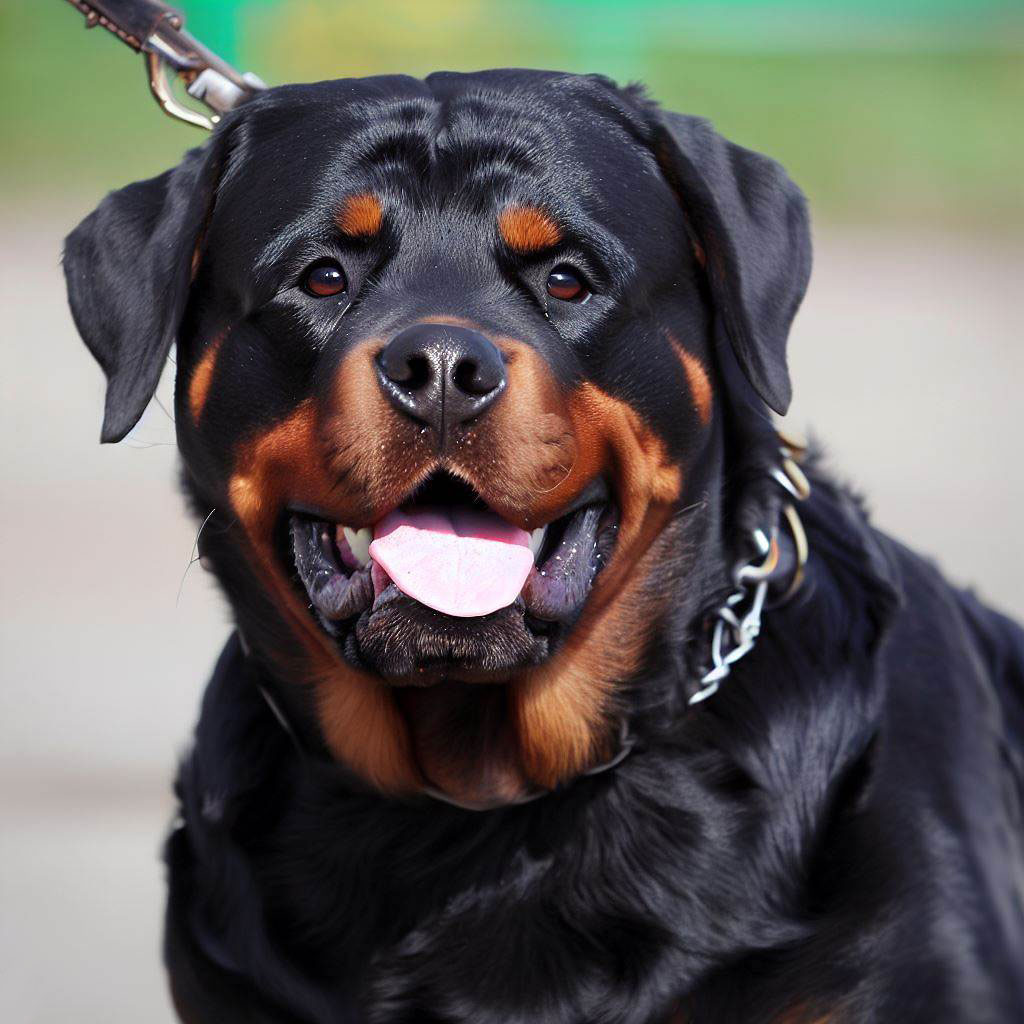
5. Heel Command
The Necessity of “Heel”:
The “Heel” command is synonymous with harmonious walks. Gone are the days of being dragged or chasing after a sprinting pooch.
“Heel” ensures your dog walks right beside you, attentive to your pace and direction. It eliminates pulling, making walks a pleasure, not a struggle. Moreover, it instills politeness in your canine companion.
A dog that heels doesn’t lunge at other dogs, chase after squirrels, or greet strangers boisterously. It’s a command that transforms the chaos of outdoor excursions into structured, enjoyable experiences, reflecting mutual respect and understanding.
Preventing Pulling:
Walking a dog that incessantly pulls can transform a peaceful stroll into an exhausting tug-of-war. The “Heel” command brings an end to this, ensuring your dog walks in tandem with you, neither lagging behind nor surging ahead.
Walking Politely:
Beyond mere control, “Heel” instills a sense of politeness in your canine companion. They become more attentive to your movements and pace, resulting in harmonious walks, even in crowded or stimulating environments.
Steps to Train “Heel”:
Starting with Short Distances:
Begin in a quiet environment, like your backyard. With your dog on a leash, take a few steps while saying “Heel.” Reward them for staying close. Initially, even a few steps without pulling warrant a treat. Gradually increase the distance, always rewarding for consistent adherence.
Incorporating Turns and Stops:
Once your dog begins to get the hang of “Heel” over short distances, introduce sudden turns and stops. If they remain attentive and adjust to your changed pace or direction, reward them. This ensures they’re not just walking but truly heeling, anticipating your movements.
6. Leave It Command
Why “Leave It” Matters:
Dive deeper and you’ll discern the life-saving potential of “Leave It.” Canines, with their innate curiosity, often gravitate towards harmful items—rotten food, toxic plants, or even dangerous animals. “Leave It” acts as a barrier, preventing such dangerous encounters.
Beyond its preventive capabilities, “Leave It” also cultivates impulse control. It teaches dogs to resist immediate temptations, allowing them to weigh their choices, ultimately opting for behaviors that earn them rewards and praise, rather than immediate gratification.
Preventing Harmful Intake:
Dogs, with their inquisitive nature, often nose into things they shouldn’t. This can range from discarded food items to potentially harmful substances. “Leave It” intervenes in such moments, preventing ingestion that could be detrimental to their health.
Instilling Impulse Control:
More than just a safety tool, “Leave It” teaches your dog restraint. It encourages them to overcome their immediate impulses, opting instead for a behavior that earns them rewards.
Steps to Train “Leave It”:
Temptation and Redirection Technique:
Hold a treat in a closed hand and present it to your dog without letting them take it. Say “Leave It.” Wait for them to pull away or lose interest.
The moment they do, reward them with a different treat from your other hand. The key is to ensure they understand that leaving what they want earns them something even better.
Building Up to Stronger Temptations:
As your dog becomes proficient, up the ante. Place the treat on the ground and cover it with your foot, repeating the “Leave It” command. Progress to walking past distractions, ensuring they maintain restraint.
7. Drop It Command
The Significance of “Drop It”:
Concluding our exploration of “what are the 7 commands to train a dog,” “Drop It” emerges as a guardian against potential perils.
Dogs often pick up harmful objects—sharp bones, trash, or even poisonous substances. In such moments, “Drop It” ensures they relinquish these items, averting potential health crises. Furthermore, it reinforces a dog’s willingness to give up possessions, promoting peaceful interactions within multi-pet households or public settings.
“Drop It” is not just about dropping objects; it’s about fostering a behavior where safety and compliance converge, ensuring your dog’s wellbeing at every turn.
Safety from Potential Hazards:
Whether it’s a chicken bone during a walk or a child’s toy at home, dogs often grab items that pose choking hazards or ingestion risks. “Drop It” provides a swift solution, ensuring your dog relinquishes the item before harm can ensue.
Giving Up Objects Willingly:
Beyond mere safety, “Drop It” teaches dogs to give up possessions without a fuss. This paves the way for peaceful interactions, especially in households with kids or multiple pets.
Steps to Train “Drop It”:
Using Exchange Methods:
When your dog has something in their mouth, offer them a treat or a toy as an exchange. As they drop the item to take the treat, use the command “Drop It.”
Over time, they’ll associate the command with the act of releasing and the subsequent reward.
Consistent Reinforcement:
Every time your dog drops an item, whether prompted or unprompted, acknowledge and reward the behavior. This consistent reinforcement instills the habit, making them more compliant when the situation truly demands it.
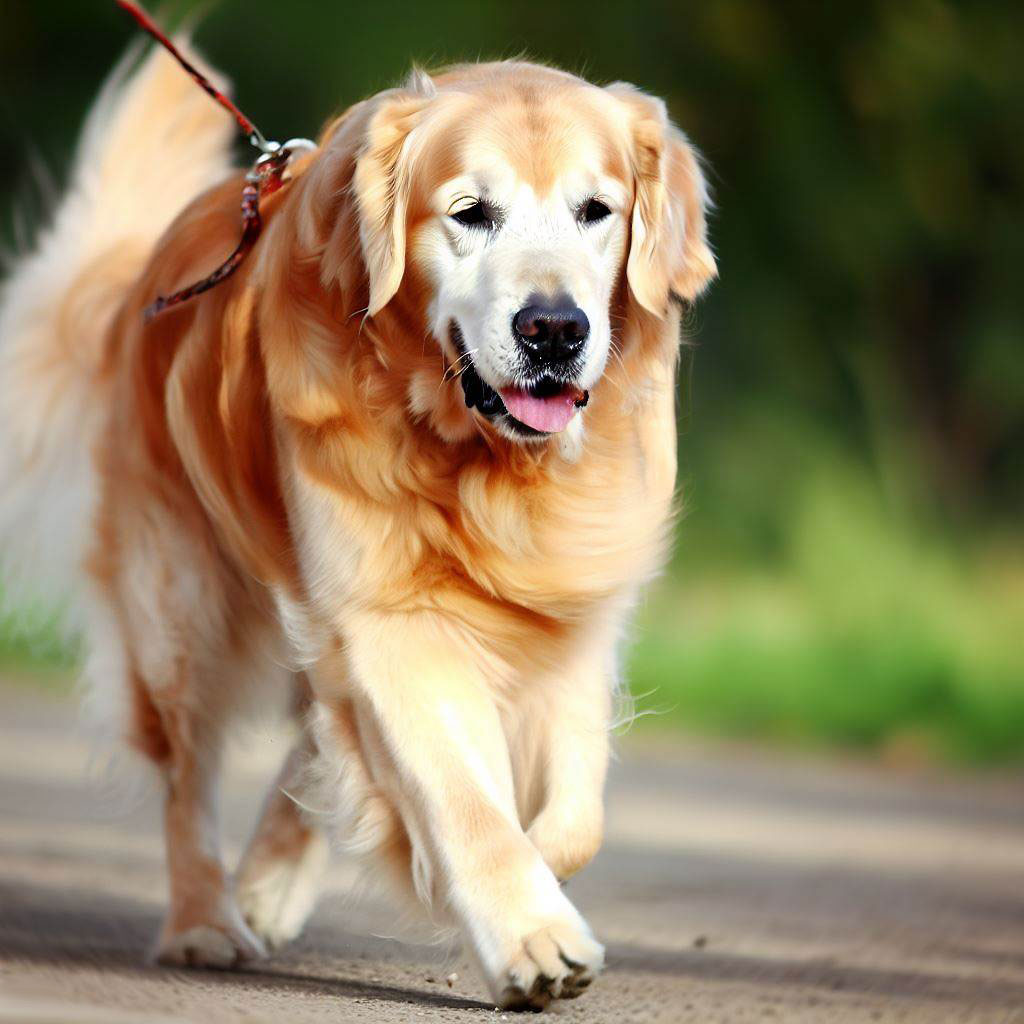
Tips for Successful Training
Training a dog is an intricate journey that weaves patience, understanding, and consistency. Hence, as you embark on these 7 commands to train your dog, keep in mind that success is not just in the commands, but also in the approach.
Consistency in commands and actions:
Imagine you’re learning a new language. If the instructor alters the vocabulary each day, the journey becomes confusing, right? Similarly, your dog needs consistent commands and actions.
Whether you choose “Sit”, “Stay”, or any other command, always employ the same word and accompany it with the same hand gesture. This unchanging routine creates a clear association for your dog, ensuring faster learning.
Moreover, all family members should be on the same page, using identical commands, to avoid befuddling your furry friend.
The role of positive reinforcement:
Positive reinforcement is the key to opening your dog’s learning potential. Dogs, much like humans, respond better to encouragement than criticism. Hence, lost of treats, praises, or a quick game can work wonders as rewards.
When your dog follows a command correctly, reward them immediately. This instant gratification cements the positive behavior, making them more likely to repeat it. Over time, as the command becomes second nature, you can gradually decrease the treats, relying more on verbal praise and affection.
Understanding your dog’s personality and pace:
Every dog, just like humans, has its own personality and pace of learning. It’s pivotal to understand that some dogs may grasp “Sit” instantly, while others may take time. Patience is your best ally here.
Avoid comparing your dog to others. Instead, celebrate the small victories, understand their challenges, and adjust your training techniques accordingly.
Some dogs might be food-driven, making treats an excellent motivator, while others might be toy-driven. Understand these nuances, and you’ll craft a training journey that’s tailor-made for your pet.

Conclusion: What Are The 7 Commands To Train A Dog
As we culminate our exploration into “what are the 7 commands to train a dog,” it’s essential to reflect on the lessons learned. We’ve uncovered the significance of commands like “Sit,” “Stay,” “Down,” “Come,” “Heel,” “Leave It,” and “Drop It.” Each serves its unique purpose, ranging from basic discipline to crucial safety measures.
But beyond the mechanics of these commands lies an underlying story—a tale of the bond forged between you and your dog. Hence, every training session, every command followed, every reward given, is a brick in the bridge of understanding and mutual respect.
This bond transcends the basic need for discipline. It’s about connection, trust, and the silent promise that you both will look out for each other.
Training isn’t just about mastering commands. It’s about understanding, communication, and a shared journey. As you continue this voyage, remember that every dog has its own rhythm.
Embrace it, be patient, and soon, you’ll witness the transformation of your furry friend into a disciplined, understanding, and even more lovable companion.
Training a dog is much like nurturing a bond; it’s built on patience, effort, and understanding. Each phase of a dog’s life, be it a playful puppy, a rambunctious adolescent, a seasoned adult, or a wise senior, presents its own set of joys and challenges. To navigate these, repetition and unwavering persistence become your guiding stars. Sprinkle in a generous amount of love, and you’re setting the stage for a beautiful lifelong partnership.
Yet, we all face moments of doubt or feel overwhelmed. In such times, remember the digital age has your back. Online dog training courses have emerged as a beacon for many. And if you’re wondering where to start, “Best Online Dog Training Courses: Any Dog Will Love” offers an insightful look into the top 15 options, spotlighting the three most impactful courses tailored for diverse needs.
FAQ: What Are The 7 Commands To Train A Dog
Why are these 7 commands essential for dog training?
These 7 commands are foundational in dog training because they cover a dog’s primary interactions in daily life. They ensure safety (like “Come” preventing them from running onto a busy road), instill discipline (like “Sit” and “Stay”), and establish clear communication between the owner and the dog.
When a dog understands and responds to these commands, it fosters a harmonious relationship built on mutual trust and understanding.
How long does it typically take to train a dog with these commands?
The time it takes can vary significantly depending on the dog’s age, breed, temperament, and prior experiences.
On average, a consistent training regimen can yield results within a few weeks to a few months for each command. But remember, consistency and patience are the keys.
Some dogs might grasp “Sit” within a day, while “Come” might take longer due to its complexities.
Can older dogs still learn these commands?
Absolutely! The adage “You can’t teach an old dog new tricks” is a myth.
While puppies might have a higher malleability in terms of learning, older dogs can still be trained with the right techniques and patience. The process might take a tad longer, and it’s crucial to approach it with understanding, considering their age.
What should I do if my dog is not responding to a command?
Firstly, ensure you have their attention. Therefore if they’re still not responding, re-evaluate your training methods. Perhaps the command needs to be clearer or the reward more enticing.
It’s also essential to train in a distraction-free environment initially. If continued lack of response is observed, then consider seeking help from a professional dog trainer.
Are treats necessary for training or can I use other forms of positive reinforcement?
Treats are an effective form of positive reinforcement, but they aren’t the only option. Also useful are praises, affectionate petting, or their favorite toy can be just as potent.
The key is understanding what motivates your dog and using that to encourage the desired behavior.
What’s the difference between “Leave It” and “Drop It”?
“Leave It” instructs the dog to avoid showing interest in an item or to refrain from picking it up. Hence, it’s proactive.
On the other hand, “Drop It” commands the dog to release something they’ve already taken in their mouth, is reactive.
Both commands are vital for a dog’s safety, ensuring they neither approach nor ingest harmful items.
How can I ensure my dog listens to commands when distracted?
Initially, train in a quiet, distraction-free environment. Once they’re consistent, gradually introduce distractions, making them more complex over time. This builds their focus and ensures they listen even amidst distractions. It’s like learning a skill in a quiet room before performing it in a bustling crowd.
Is there a specific order I should follow when teaching these commands?
While there’s no strict order, it’s beneficial to start with simpler commands like “Sit” and “Stay.”
Once these foundational commands are grasped, you can then move onto more complex ones like “Come” and “Heel.”
This progression ensures the dog builds confidence gradually, hence easing the learning curve.
What do I do if my dog starts forgetting a command?
Dogs, like humans, can sometimes have lapses. Therefore revisiting the training sessions, reinforcing positive behavior, and being consistent can help them remember. Sometimes, a brief refresher course is all that’s needed.
Are there advanced commands I should consider after mastering these seven?
Yes, once your dog has mastered these foundational commands, you can consider teaching advanced ones like “Roll Over,” “Play Dead,” or even agility-based commands.
The world of dog training is vast, and with the basics in place, you can explore more specialized commands tailored to your dog’s interests and capabilities.
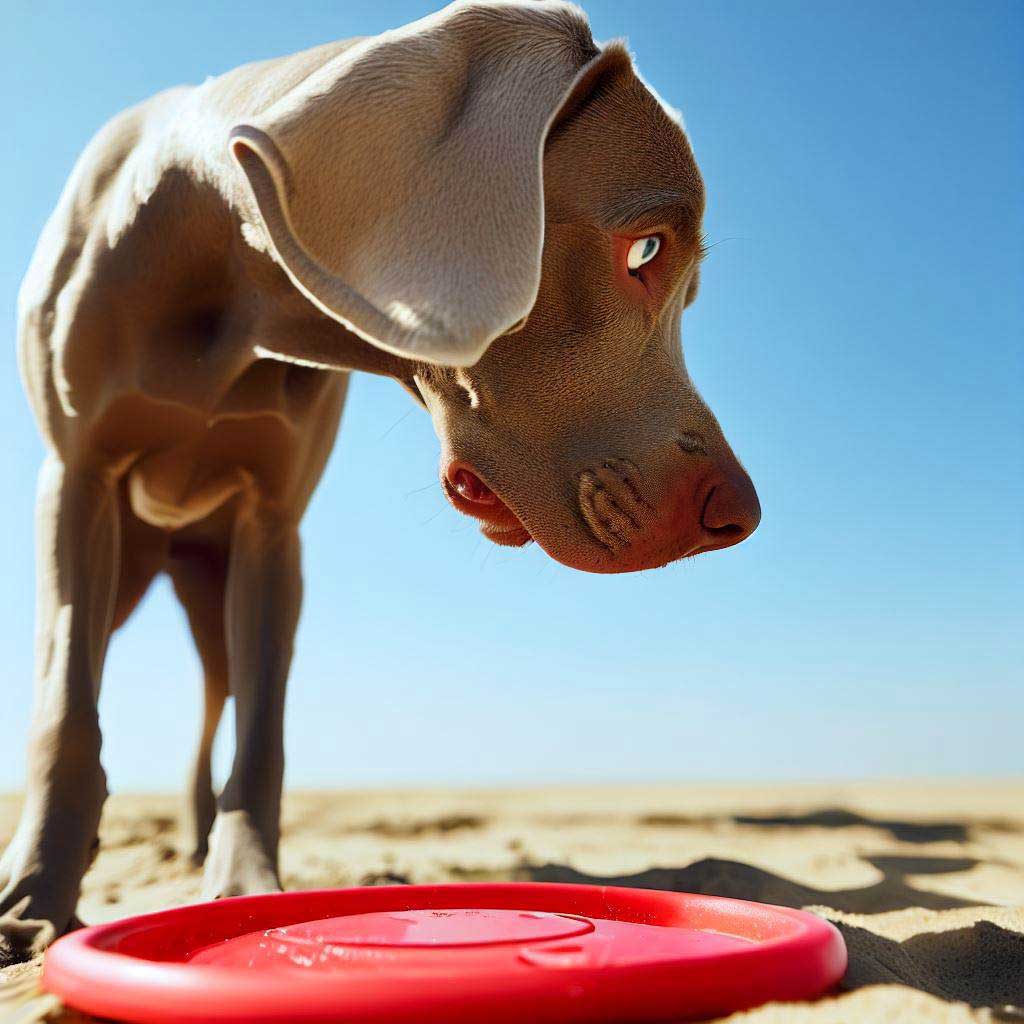
What are the 5 golden rules of dog training?
The 5 golden rules include: being consistent with commands, using positive reinforcement, starting with simple commands, understanding your dog’s needs, and being patient and persistent.
What is the easiest command to teach a dog?
The “Sit” command is often considered the easiest to teach as it’s a natural position for dogs and can be taught with simple lures and rewards.
What is the hardest command to teach a dog?
The “Heel” command can be one of the most challenging to teach as it requires precise coordination and consistent practice.
What is the best order to teach a dog commands?
A common order is to start with simple commands like “Sit,” “Stay,” “Down,” followed by more complex ones such as “Come,” “Heel,” “Leave It,” and “Drop It.”
What is the list of dog commands and hand signals to teach a dog?
Commands and corresponding hand signals include “Sit” (raised hand), “Stay” (open palm), “Down” (hand lowered), “Come” (beckoning motion), “Heel” (tap side), among others.
What are the 10 basic dog commands?
The 10 basic commands might include: Sit, Stay, Down, Come, Heel, Leave It, Drop It, Fetch, Speak, and Quiet.
What are some advanced dog commands?
Advanced commands might include “Roll Over,” “Play Dead,” “Fetch Specific Items,” “Open Doors,” and agility-related commands.
What are the seven basic dog commands and hand signals?
The seven basic commands and hand signals usually include: Sit, Stay, Down, Come, Heel, Leave It, Drop It, each having corresponding hand gestures.
What is the basic dog commands list for a puppy?
Basic puppy commands often include Sit, Stay, Down, Come, and Paw, starting with gentle and positive reinforcement.
Dog training commands list using hands and treats?
Using hands and treats can involve commands like Sit (raised hand), Stay (open palm), and Down (hand lowered), paired with treats for positive reinforcement.
Are treats good to use with commands?
Yes, treats are commonly used in training for positive reinforcement and rewarding desired behavior.
What is the best command for my terrier dog to sit?
For your terrier (or any dog really), using a firm, calm voice and saying “Sit” along with a hand signal (raised hand) usually works well.
Do I need to collar my terrier for training with commands using hand signals?
A collar isn’t necessary but may be useful for control and safety during training.
Can I teach my dog commands with a treat?
Absolutely! Treats can be an effective way to reinforce and reward positive behavior.
Is food good to use with commands?
Yes, food can be a powerful motivator and reward during training.
Can I train my dog commands to not eat food?
You can train commands like “Leave It” to teach your dog to ignore food until given permission.
How can I train my puppy to listen to hand commands?
Start with simple hand signals, use positive reinforcement, and practice consistently.
What cues can I give my dog to eat food only when I say?
A specific word or signal, paired with practice and reinforcement, can cue your dog to eat only on command.
Is it easy to learn from any dog video to train a puppy?
A quality dog training video (or two) can be helpful, but it’s best to also consult with professional trainers or comprehensive guides. Just do your research on the dog trainer beforehand.
Are treats useful to train a dog commands?
Yes, treats are very useful in reinforcing and rewarding desired behaviors during command training.
Are food and treats bad for training a dog?
No, when used appropriately, food and treats can be an effective part of training.
What breeds are easiest to teach dog commands?
Breeds like Labrador Retrievers, Golden Retrievers, and German Shepherds are often considered more trainable.
What is the best dog sit command?
A firm and calm “Sit” command, accompanied by a raised hand signal, is commonly used and effective.


